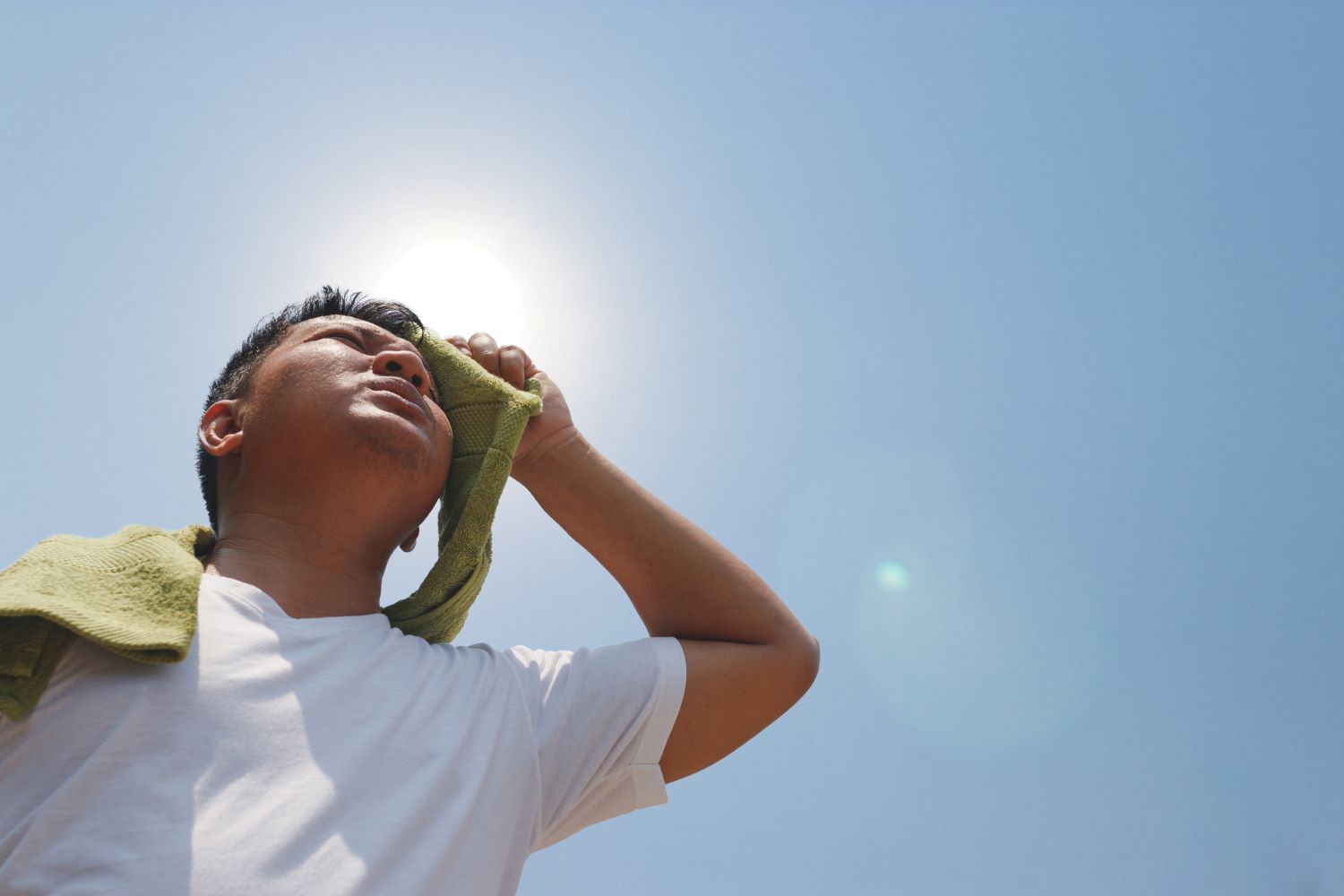
While rising temperatures are great for outdoor activities, getting too much heat exposure can pose a danger to your body.
Whether you’re running, playing tennis or working in your yard, you could be putting your body at risk for heat exhaustion and even heatstroke.
While heat exhaustion and heatstroke symptoms are similar, there’s a difference between these common heat-related illnesses — a heatstroke is a medical emergency.
With heat exhaustion, which can resolve itself with proper cooling, the person usually has cool, clammy skin and can sweat profusely. However, with heatstroke, there is normally no sweating and the body loses its ability to cool down.
Other signs of heat exhaustion include a headache, nausea, vomiting, rapid pulse and muscle cramps. Some people can get dizzy and fatigued. Although your body temperature might be slightly elevated, you will not have a high core body temperature with heat exhaustion. To treat heat exhaustion, finding an air-conditioned space or shade should be your first intervention. Drink a lot of water, preferably a sports drink, or any non-caffeinated beverage. If you can, also spray down the body with cool water.
Heatstroke is a little bit different. The key thing for the person attending to someone experiencing a heatstroke is to immediately call 911. The body temperature of a person having a heatstroke can sometimes rise to 104 to 106 degrees. Because the body is no longer sweating and has lost its ability to cool itself, the skin becomes dry, red and hot. The person’s pulse can be either really fast or slow during a heatstroke.
When a person is having a heatstroke and continues to stay in the hot weather or sun, they can experience confusion, disorientation, seizures and can even lose consciousness. After calling 911, the victim should be moved to a cool or shady place; external cooling should also be initiated by placing cold compresses under the armpits, back of the neck and groin.
During the hot summer months, try to stay cool by doing physical activities in the morning or late afternoon, drinking plenty of fluids and increasing your rest breaks. It is the best way to avoid a trip to the emergency room.

